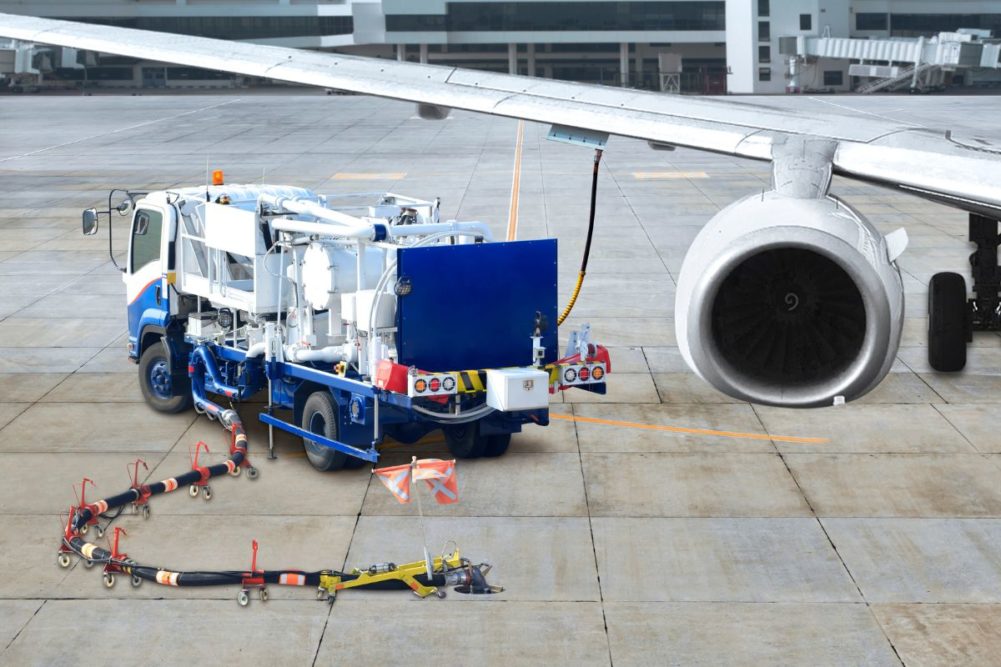DENVER, COLORADO, US — Agricultural feedstocks could play a major role in the supply chain for production of sustainable aviation fuel (SAF), but favorable policies and adequate incentives are needed, according to a new report from CoBank’s Knowledge Exchange.
The guidance for the 45Z tax credit, also known as the Clean Fuel Production Credit, will be a determining factor for the extent of agriculture’s role in SAF production, according to the report, Charting the Path Forward for SAF.
The tax credit is intended to encourage domestic production of clean transportation fuels. It replaces the 40B tax credit for SAF production and is set to take effect Jan. 1, 2025. The final guidance has yet to be issued.
“The 40B tax credit guidance for SAF fell short in effectively incentivizing farmers to adopt the prescribed set of on-farm conservation practices required to be eligible for the credit,” said Jacqui Fatka, farm supply and biofuels economist with CoBank. “Farmers are hoping the new guidance offers more flexibility to employ practices that are applicable to their individual operations. The 40B guidance reflected a one-size-fits-all approach, which is certainly not the case for farms spanning the entire country.”
SAF is an alternative fuel made from non-petroleum feedstocks that reduces emissions from air transportation. It can be made from oils, municipal solid waste, woody biomass, fats and greases.
Increased demand for corn and soybean oil for use in the production of cleaner-burning transportation fuels has supported farm incomes and strengthened rural economies, particularly during periods of low commodity prices, CoBank said. SAF is unlikely to offer a short-term solution for lower commodity prices but does provide longer-term opportunities to revitalize rural America.
Domestic producers, particularly soy crush facilities, have invested $6 billion to expand capacity 30% above 2023 levels for oil to be used in renewable diesel and SAF production.
Farmers and renewable fuel producers are also hoping for longer-term policies that provide more market certainty.
“The lack of longer-term incentives, as well as a lack of offtake agreements from the airline sector, will limit adoption and growth in the market,” Fatka said.
The Sustainable Aviation Fuel Grand Challenge, announced by the Biden administration in September 2021, set production goals of 3 billion gallons of SAF by 2030 and 35 billion gallons by 2050 to satisfy 100% of domestic airline fuel demand.
According to the latest government dashboard of SAF projects, between 2.6 billion and 4.9 billion gallons of SAF may be produced annually by 2030, creating a clear pathway to achieve the SAF Grand Challenge near-term goal.




